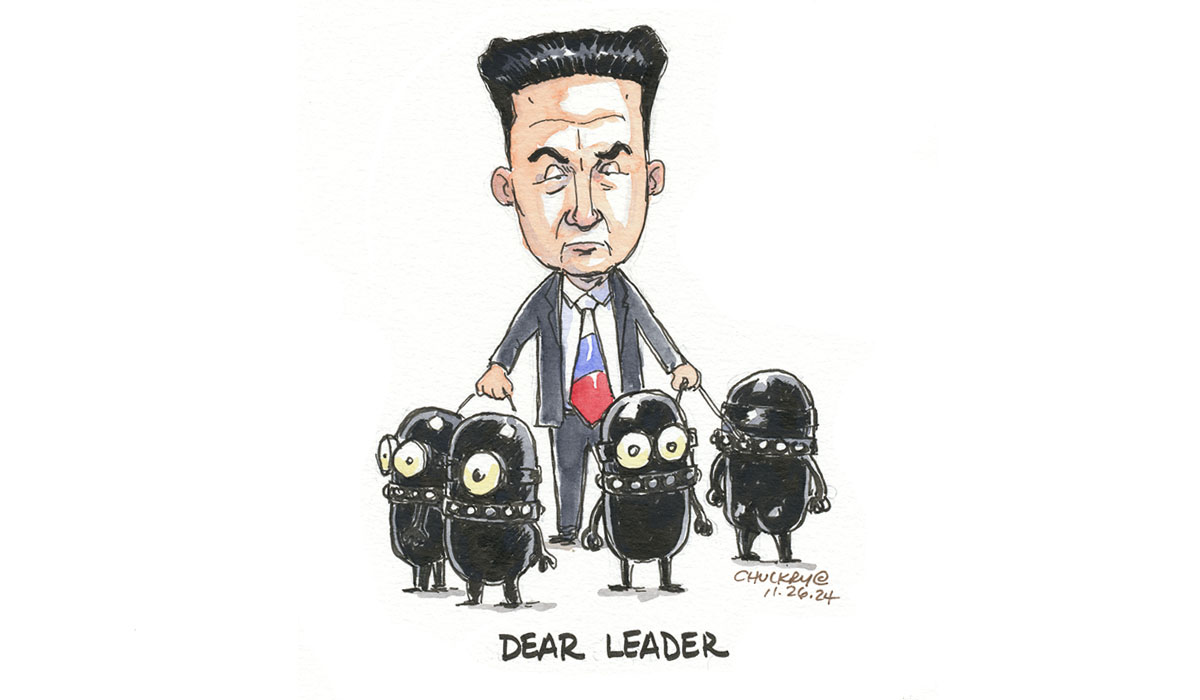The China-Russia East-Route Natural Gas Pipeline, an extensive project spanning over a decade of planning and construction, is now fully operational. This development marks a significant milestone in energy collaboration between China and Russia. The pipeline stretches 5,111 kilometers from Heihe in Northeast China’s Heilongjiang province to Shanghai, crossing nine provincial-level administrative regions. It is designed to supply up to 38 billion cubic meters of natural gas annually, serving major regions like Northeast China, the Beijing-Tianjin-Hebei area, and the Yangtze River Delta.
This pipeline is a critical part of China’s energy infrastructure, built to address the country’s rising energy demands fueled by rapid industrial growth, urbanization, and a push to transition toward cleaner energy sources. Natural gas, which burns cleaner than coal, plays an essential role in China’s broader environmental goals. The annual capacity of the pipeline is projected to meet the needs of about 130 million urban households, easing energy supply constraints in densely populated and industrially significant regions.
Russia, as a key supplier, stands to benefit from this development by expanding its energy exports to the East. The pipeline is part of a broader strategy to diversify its export markets, especially after facing sanctions and reduced energy trade with Western nations. For Russia, which holds one of the world’s largest natural gas reserves, the pipeline is a strategic investment to secure long-term revenue streams and establish a more robust presence in Asia’s growing energy market.
The project, costing an estimated $55 billion, was constructed by China’s National Oil and Gas Pipeline Network Group (PipeChina) in collaboration with Russian energy giant Gazprom. It constitutes one of China’s four strategic oil and gas import corridors, highlighting the importance of secure and stable energy supplies for the nation’s economic stability and growth.
The pipeline also symbolizes the deepening ties between China and Russia, both of whom are key members of the BRICS coalition. Their collaboration on this project reflects shared economic and geopolitical priorities, particularly in building alternative energy networks outside traditional Western-dominated markets. The fully operational pipeline not only ensures a steady energy supply for China but also provides Russia with a crucial outlet for its vast natural gas reserves, reinforcing their bilateral relationship and reshaping regional energy dynamics.
The operationalization of this pipeline is expected to have far-reaching implications for global energy trade, signaling a shift towards strengthened regional partnerships and infrastructure projects that cater to emerging economies. For China, it secures energy independence and reduces vulnerabilities tied to fluctuating international energy markets. For Russia, it ensures a steady and expanding market for its energy exports, further diversifying its economic reliance. This development underscores the evolving energy landscape, where strategic infrastructure plays a central role in shaping economic and political alliances.









